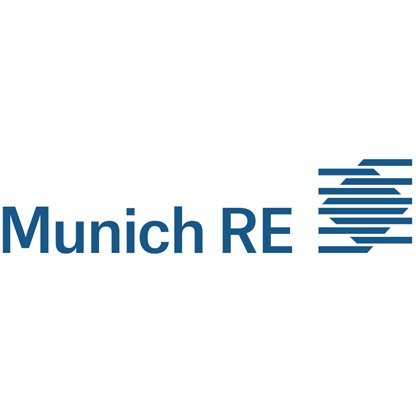On behalf of Munich Re, MEAG has acquired approximately 16,000 hectares of timberland for a low triple-digit million US dollar figure in Southwestern Oregon.
 These timberlands are mainly situated in the Coast Range and have a dense population of Douglas fir, a highly productive tree species.
These timberlands are mainly situated in the Coast Range and have a dense population of Douglas fir, a highly productive tree species.
Because of a series of low interest rates, MAEG is aiming to build its capital commitment in alternative investments for Munich Re that offer attractive yields over long periods of time whilst maintaining acceptable risk levels.
The timberland asset class is a good way to meet these requirements, along with investments in infrastructure, private equity and real estate.
However, institutional investors will need to familiarise themselves with the specifics of this asset class in order to adequately assess investments in timberland, through a careful analysis of all risks and opportunities.
A specific emphasis was put on the assessment of natural risks like wildfire and the potential impacts from climate change, especially in light of the recent fires in the State of Oregon.
It has been over 10 years since MEAG started to build for Munich Re a global timberland portfolio, and has since invested on 6 different continents.
The US is known for its experience with the institutionalisation of the timberland asset class. In the 1980s, US paper companies began selling their timberlands to institutional investors, and since then timberland has increasingly become an established asset class.
The average yield in this asset class has been 5-7% a year, with room for fluctuation in terms of time scale, but also by region and dependent on the specific market’s development.
Holger Kerzel, Global Head Illiquid Assets at MEAG, noted: “One of the many advantages of timberland is that wood is a renewable resource that perfectly meets the demands of sustainability and helps to mitigate climate change through sequestering and storing CO2. Only as much wood may be removed from the forest as can be regrown with systematic reforestation.
This principle has developed over centuries and has been enhanced with social and ecological aspects. Sustainable forest management can provide attractive returns over decades, but many years of experience and proven success are of key importance when investing in timberland.”


